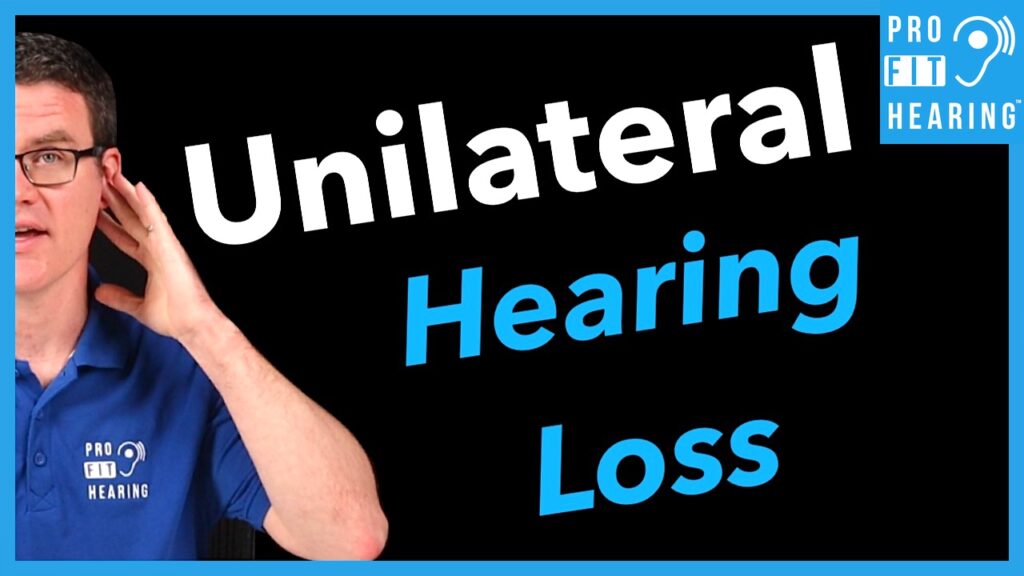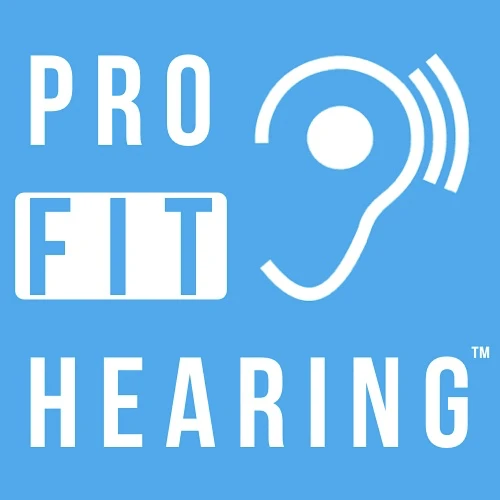Unilateral Hearing Loss & Single Sided Deafness (SSD)

Unilateral Hearing Loss
What is unilateral hearing loss and single sided deafness? In this post, I’ll have the definition and discuss four common symptoms. Coming up!
SUBSCRIBE to our YouTube channel for weekly videos!
Hi, I’m Dr. Derek – audiologist, audio engineer, and musician with Pro Fit Hearing.com bringing you the best insight in today’s latest hearing aids, headphones, and audio technology to improve your life. If you have concerns about your hearing, always consult with your local physician or audiologist.
If you’re interested in hearing aids, check out my free eBook HERE.
Unilateral Hearing Loss Definition
Unilateral hearing loss means hearing loss in one ear only, and hearing loss severity can range from mild to profound. Unilateral hearing loss in the profound range can also be referred to as single sided deafness or SSD, meaning that there’s no measurable response to sound in that ear. If you have hearing loss in one ear, make sure to consult with your physician as soon as possible.
Unilateral Hearing Loss Symptoms
So what are four common symptoms of unilateral hearing loss and single sided deafness?
#1 Impaired Sound Awareness and Speech Understanding
Someone with hearing loss in one ear may not be aware of sound or speech on the side with hearing loss, or they may easily confuse conversation from that side. This can vary widely depending on the severity of the hearing loss. So if you’re speaking with someone with hearing difficulty, sit on the side of the person’s better hearing ear.
#2 Localization Difficulty
For people with normal hearing, our brain perceives minimal timing and sound intensity differences when sound arrives at our ears. For example, if someone is speaking to me from my right side the sound of their voice would reach my right ear first and then a few milliseconds later it would reach my left ear. The voice would also be louder to my right ear than my left ear.
These minimal timing and intensity differences between ears tell us where sounds are coming from in our environment. When we experience hearing loss in one ear, the timing and intensity cues are impacted making sound localization difficult.
#3 Difficulty with Speech Understanding in Noise
The auditory cortex in our brain receives input from both ears and works to separate out speech from noise in our environment. We can focus our attention on whatever we’re most interested in hearing and filter out background noise. Being able to see the person speaking (or having visual cues) also helps with speech understanding.
Having hearing loss in one ear puts us at a disadvantage since we’re no longer able to receive equal input from both ears. This makes it more difficult to filter out noise and focus in on what we really want to hear.
#4 Fatigue
Unilateral hearing loss can require significant concentration and effort to understand conversation especially in more challenging, noisy situations. The listening effort that’s required can be very tiring. This can also apply to people with hearing loss in both ears.
Now, if you’re looking for more information on how to hear your best with unilateral hearing loss, make sure to watch for upcoming posts or videos on our YouTube channel https://www.youtube.com/profithearing. I’ll discuss different hearing technologies that are available for unilateral hearing loss that you can discuss with your local audiologist.
What did you learn today that surprised you the most? If you have any questions, let me know in the comments below. Connect with us on social media. Be a part of the Pro Fit Hearing community!
-Dr. Derek
